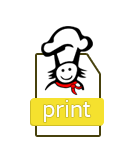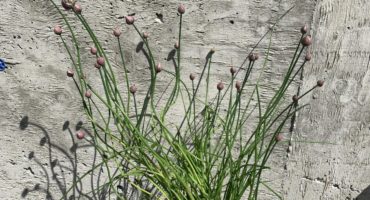How do we know what we should eat each day? Canada’s Food Guide guides people to eat colourful, flavourful and wholesome food every day. The Food Guide is based on science and it tells us to be sure to eat food from three food groups to get the different nutrition our body needs to grow and stay healthy. Let’s take a look at Canada’s Food Guide and then we’ll use our Food Journal to track the colours of the rainbow we eat in a week.



Plate Proportions
This new food guide helps to us to understand what should be on our plate by actually showing us food on a plate! The plate is divided up into proportions, or fractions of a plate.
A quarter of our plate should be whole grains
In addition to eating whole grains like rice and oats, we can eat food made from whole grains, like breads, pasta or noodles and including a variety of different grains.
A quarter of your plate should also include food high in protein.

This can include beans, seeds, nuts and tofu; or milk, cheese and yogurt; as well as eggs, fish, poultry and meat.
The biggest proportion, or largest fraction of your plate, at each meal should be fruit and vegetables. Half of your plate should be fruits and vegetables



This makes sure you are getting a variety of vitamins, minerals and nutrients, not to mention fiber and flavour.

Living in BC, eating fresh fruits and veggies is easy as we grow some of the best and we can get these most of the year. The farmers’ market is a great place to find fresh, locally grown fruit and veggies. If you can’t get fresh fruits and veggies, try frozen, dried or canned.

You can eat fruits and veggies any time of day and you can eat them raw, cooked, pickled and frozen (hey, what did you think raspberry sorbet was?).
Are you eating half a plate of colourful, flavourful fruit and veggies at meal times? Are you eating a variety of different fruits and vegetables? Time to find out.
ACTVITY INSTRUCTIONS
#1 Count Your Fruits & Veggies
To examine what you are eating, keep track of the fruits and vegetables that you munch on at the different times of day.
 Draw a simple t-chart in your Food Journal. Print a heading for the top of each column: FRUIT and VEGETABLES.
Draw a simple t-chart in your Food Journal. Print a heading for the top of each column: FRUIT and VEGETABLES.
#2 Add Them Up
At the end of the week, check your list to see how you’ve done. Count up how many different fruits and vegetables you have eaten and write the numbers at the bottom of your chart.

#3 Add Colour
Did you eat a rainbow of fruits and veggies? At the bottom of your chart, draw little circles and colour inside the circles with the different colours you ate that week.
#4 Find Your Rainbow
Could you add a few more colours to your food rainbow next week? Talk to an adult about trying to pick up some different coloured fruit and vegetables next week. Then try the activity again. You’ll be eating a rainbow before you know it!
#TastyTip

Sometimes we don’t realize we are eating fruits and vegetables. For example, I ate pizza the other day. When I had a good look at the pizza, I realized that I ate tomatoes (in the sauce and on top), zucchini, spinach and green onion. That’s four veggies (or are two of them fruits? But that’s another activity).
Curriculum Connections

Mathematics
















